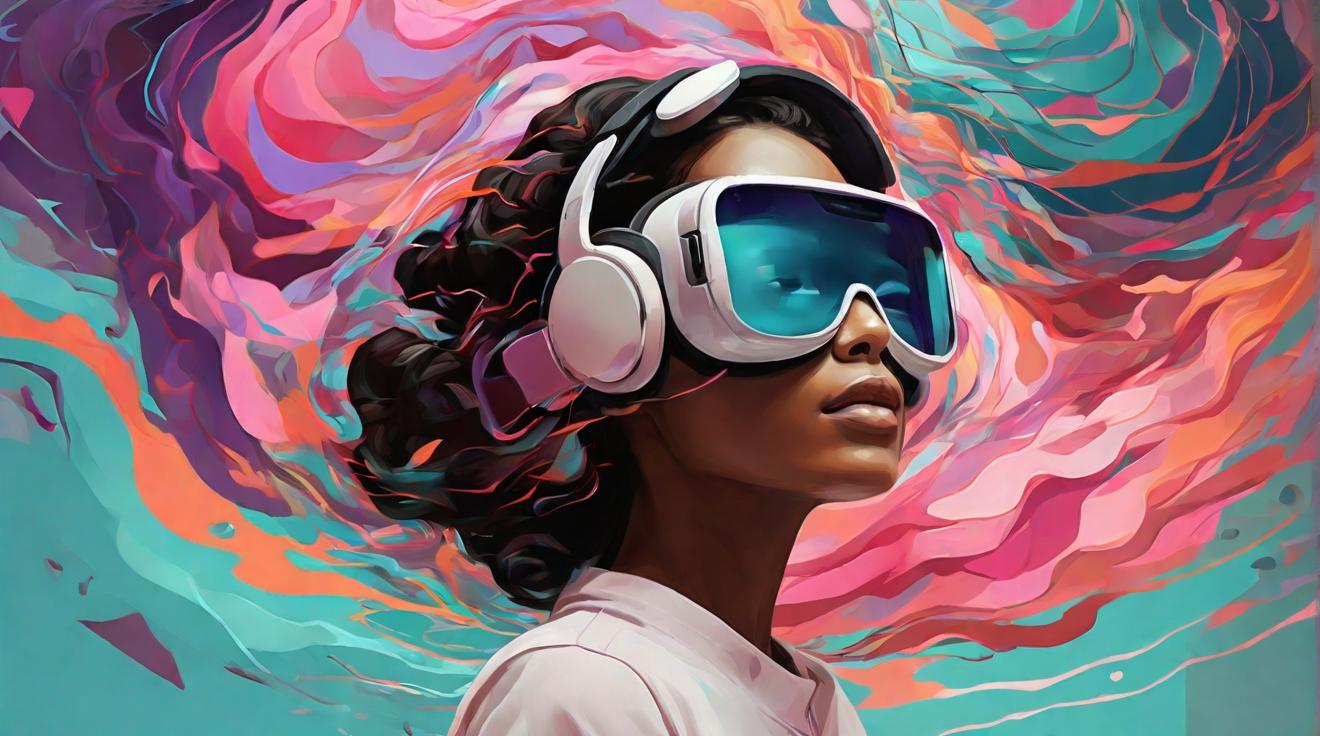Combining Two Treatments Shows Promise in Treating Veterans with PTSD
A new study has found that combining brain stimulation with virtual reality exposure therapy could be a promising treatment option for people, especially military veterans, suffering from post-traumatic stress disorder (PTSD). The study, conducted among U.S. military veterans at the Providence Veterans Affairs Medical Center, revealed that participants who received brain stimulation during virtual reality exposure reported a significant reduction in PTSD symptoms.
The findings, published in JAMA Psychiatry, offer hope for treating patients with PTSD, a disorder characterized by intrusive thoughts, avoidance of trauma-related stimuli, hyperarousal, and disturbed mood. PTSD is particularly challenging to treat in military veterans, which is why researchers teamed up to find a more effective solution.
Through exposure therapy, the brain processes trauma and learns that the memories and thoughts associated with it are not dangerous. However, the therapy’s effectiveness is often impaired in individuals with PTSD. To address this, the research team combined transcranial direct current stimulation with virtual reality exposure therapy. Transcranial direct current stimulation involves administering a low electrical current to the brain, while virtual reality exposure therapy provides an immersive sensory experience simulating real-world environments.
In the study, 54 U.S. military veterans with chronic PTSD were randomly assigned to receive either transcranial direct current stimulation or a sham experience. The participants who received the active treatment reported a superior reduction in self-reported PTSD symptom severity after one month. Importantly, the combination treatment accelerated the therapeutic process, which typically takes around 12 weeks, and the effects continued to improve even after the treatment had ended.
The researchers believe that the combination of brain stimulation and virtual reality exposure is a game-changer in treating PTSD. The therapy is less burdensome for patients because it eliminates the need to repeatedly discuss personal traumas, a common reason for dropout in traditional therapy. The team is continuing to analyze the study results to understand how the treatment causes long-term changes in the brain.
Future studies will explore a larger group of participants, longer follow-up periods, and the effects of re-treatment. The results of this study bring hope to individuals, especially military veterans, whose lives are negatively impacted by PTSD. By combining the best aspects of psychotherapy, neuroscience, and brain stimulation, researchers are paving the way for more effective treatments and a brighter future for those suffering from PTSD.
Analyst comment
Positive news: Combining brain stimulation with virtual reality exposure therapy shows promise in treating veterans with PTSD. The study found a significant reduction in PTSD symptoms in participants who received the combination treatment. This could be a game-changer in treating PTSD, providing a less burdensome and more effective solution. The therapy also accelerates the therapeutic process and continues to improve even after treatment ends. Future studies will explore larger groups and longer follow-up periods. A brighter future for those suffering from PTSD is on the horizon.













